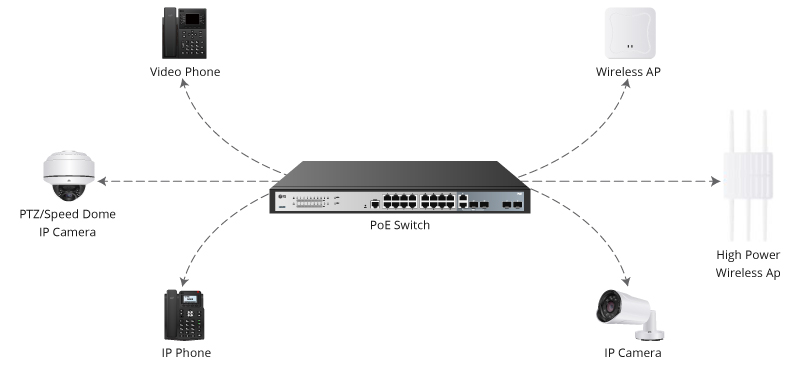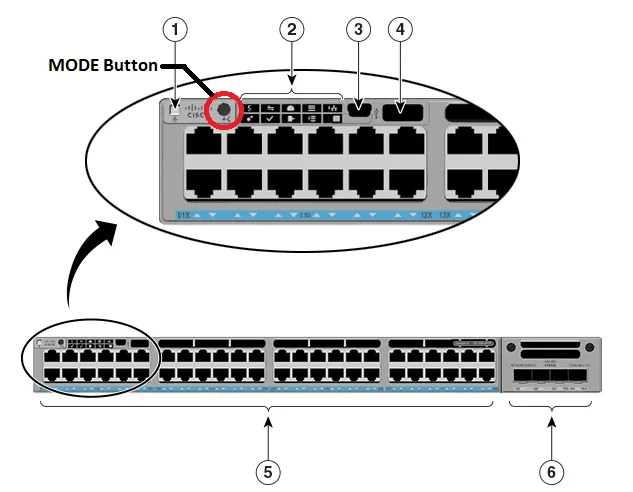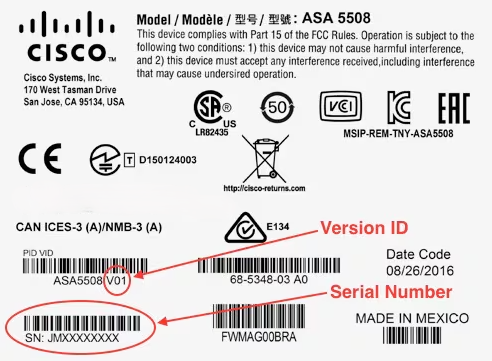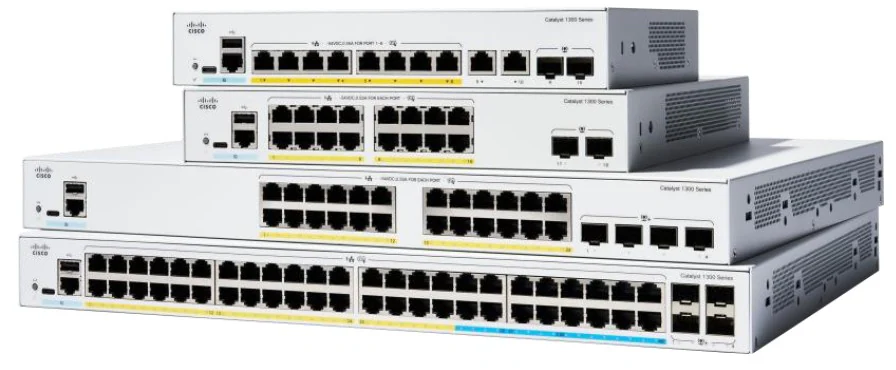
































Everyone's talking about the transformative power of emerging technologies like artificial intelligence (AI) and machine learning. That hype puts big pressure on business leaders.
Professionals are keen to start using high-profile generative AI tools, such as OpenAI's ChatGPT and Microsoft Copilot. Get the timing right for an investment in AI and your business could steal a competitive advantage. Get the timing wrong and your company could sink millions into a dead-end project.
Also: Generative AI is the technology that IT feels the most pressure to exploit
So, how do you know when to invest in emerging technologies? Four business leaders gave us their tips.
Neal Silverstein, the head of technology customer services at optometry and audiology specialist Specsavers, said IT departments too often focus on "speeds and feeds" rather than making things right for customers.
Adopting emerging technology at the right time depends on understanding what your customers want, he said. "Then as long as you're validating the technology against those requirements, you'll be in the right place."
Another key consideration influencing the decision-making process is governance, especially for a company like Specsavers, which holds valuable personal data.
"There is an aspiration in our company to be more digitized in customer journeys," he said. "But there is a legal compliance that keeps us grounded. We are careful about ensuring we comply with the legal requirements for data protection."
Silverstein told that security and governance concerns mean his company is unlikely to take a pioneering stance on AI: "We're not keen to make AI aware of colleagues' or patients' medical or financial records."
However, he said the company exploits other emerging technology, including augmented reality. Specsavers uses TeamViewer Tensor and Assist AR to remotely access and troubleshoot machines, including PCs and medical equipment.
Also: Generative AI can transform customer experiences. But only if you focus on other areas first
The technology has reduced the average handling time for each IT issue by about 15% and increased the first-contact resolution rate from 64% to 79%. This boost in operational effectiveness means staff have more time to focus on customer requirements.
"Every pair of glasses we produce is bespoke, whether that's the frame, lens, or finish the customer wants," he said. "While there are parts of a digitized journey that Specsavers will embrace and support, emerging technology must be introduced at the right level."
Logicalis CTO Toby Alcock is another business leader who says the key to success is focusing on whether new technology will deliver benefits, whether boosting customer experiences or increasing internal efficiencies.
"I've always looked at this question as, 'Does it add more value to our business?' If we can measure a return on investment, it's worth doing."
Also: 5 ways CIOs can manage the business demand for generative AI
Alcock said professionals must recognize some AI-led initiatives could fail to deliver a positive return. Adopt an Agile approach and test whether the technology will produce a measurable benefit.
"Dipping your toe in the water is key," he said. "Now, more than ever, we can do that with cloud services and consumption-based models. We don't have to go and buy a roomful of kit and wait six months for it to be set up."
With all that evidence in place, Alcock told the decision on whether it's the right time to invest in emerging technology comes down to business outcomes.
"I've said my whole career, 'If this doesn't help you be more profitable, more productive, or add more value to your customers, you might as well go back to a bit of slate and a bit of a chalk because then it's just investing in technology for technology's sake.' A clear focus on business outcomes is a good starting point to measure any project."
Sophie Gallay, the global data and client IT director at French retailer Etam, said knowing if it's the right time to invest in emerging technology involves a combination of elements.
Also: Agile development can unlock the power of generative AI - here's how
She said it's "super-hard" to manage all processes and priorities in parallel in businesses that aren't technology companies. Her advice to other professionals is to explore opportunities as early as possible.
"If you want to test things and prove value, I advise having teams dedicated to testing things quickly. Don't wait to put a roadmap in place to see if something has value."
Gallay recognized there's much excitement about AI. Her priority is to try and help her organization demonstrate potential benefits.
"When the markets start talking about GenAI, there is interest everywhere from the business teams. We don't have hundreds of people. I want to start putting time into something when I feel that if we validate the proof of concept, I can scale and create products."
She told that companies face many challenges in a fast-emerging area like AI. An iterative approach can help organizations scale valuable projects rapidly.
Also: Rote automation is so last year: AI pushes more intelligence into software development
"We want to have an Agile team that is testing in a dedicated manner what generative AI can bring. Once we've proven the value, we can take the project and scale these benefits correctly, leveraging the processes of IT," she said.
"My recommendation is to use that Agile approach. If you're following standard IT procedures to test the value, you'll probably arrive at a point where the technology is already passe. There's already something new on the market that's waiting."
Tim Lancelot, head of sales enablement at software specialist MHR, said it's important to recognize that a decision to invest in emerging technology is not a cliff edge. Smart professionals will have done their preparatory work before deciding to spend cash.
"There's nothing more frustrating than staring at a blank piece of paper and struggling with where to start," he said. "It's useful to have something you can use to generate a suggestion, provide inspiration, and save time."
As well as being the kind of emerging technology that businesses will explore and investigate, Lancelot said generative AI can also be a tool that helps professionals identify their next area of investment.
Also: 4 ways to help your organization overcome AI inertia
"The best use cases for AI are where it comes up with a suggestion and then the people, who've got years of experience and the human element, hone the idea, craft it, and give it that extra 5% or 10%."
Lancelot told those outputs can be fed back into the system as part of a virtuous circle that produces progressively smarter suggestions. "I see AI as another team member. I don't see it as, 'The robots are coming, and they'll take our jobs.' Every tool is there to help," he said.
"And if that tool makes part of my job redundant, that's great, because I will go and find something else to do that is value-added. That success will increase the value that I can give the business and the value the business can give back to me."
 Горячие метки:
3. Инновации
Горячие метки:
3. Инновации